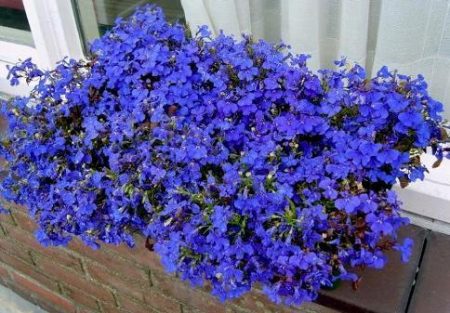 Lobelia is a rather charming plant that gardeners often use and advise their neighbors and friends, but not everyone wants to share their skill in caring for this plant with them. Therefore, they are forced to search the Internet for information on the topic: lobelia: growing from seeds, when to plant.
Lobelia is a rather charming plant that gardeners often use and advise their neighbors and friends, but not everyone wants to share their skill in caring for this plant with them. Therefore, they are forced to search the Internet for information on the topic: lobelia: growing from seeds, when to plant.
The lobelia flower itself is very elegant and exudes magnificence from it. Its bell-shaped buds look quite sophisticated and modest and somewhat reminiscent of geranium, and it also has many colors from which you can create an unusual composition. Already adult colors are sold in special stores, but what could be better than a plant that we grow with our own hands.
Some summer residents do not want to plant lobelia on seedlings, or rather they are afraid, because it has very small seeds, and therefore everyone thinks that the seedlings themselves will be small with thin stems, but this is not so. Lobelia is planted for seedlings in early February, as it emerges within two weeks. The soil for seedlings should be soft and loose. They begin to plant in the ground in April or May.
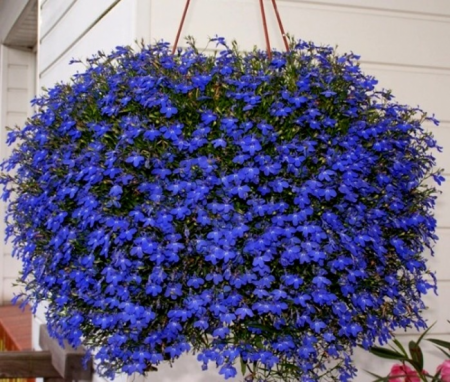
When planting seeds for seedlings, you need to take a container up to 5 cm high and pour prepared soil there, after which you need to lightly pour and cover with a plastic bag. Every day, the seedlings must be aired by opening the bag for 40-60 minutes and cleaning up the accumulated droplets of water with a napkin. If the seedlings are not adequately lit, then give her light with a lamp. The temperature of the house or in the greenhouse should be at least 20 degrees, since at temperatures below 20 degrees the growth of seedlings will slow down. After the bushes get stronger, they can be planted in the ground, and the distance between them should be up to 20 cm, however, when growing seedlings, some problems may arise:
- The problem of watering is that this plant does not like excess moisture, and therefore you need to make sure that it is not flooded, since the leaves and stems will begin to become moldy and die from it. Also, make sure that the earth is not too dry, because of this, its leaves will begin to curl, and it will also die.
- The problem of lighting - every plant loves light, and lobelia in particular, therefore, due to a lack of light, it will begin to stretch towards it and there will be no fortress in its stems. So it is better to put the seedlings on the window that is on the sunny side of your house, and if there is no such window, then be sure to light the seedlings with the lamp.
- The problem of top dressing - it is better not to feed small seedlings, it will be enough of top dressing, which you will do before planting, that is, add one part of humus to the ground.
When our seedlings have grown and it's time to transplant it into the ground, you must definitely choose the right place. Try to choose soil that is constantly moistened, but not very much. The place should be sunny or slightly in the shade, but in no case do not put it in the shade, as it will not gain strength from the sun and will be very vulnerable. Try to make the land fertile and light, this will help it grow strong and healthy.
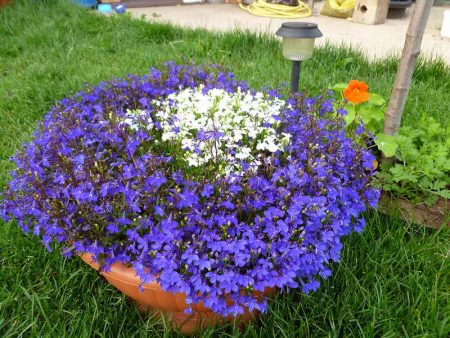
If you want to plant lobelia next year, then dig a small bush in the autumn and plant it in a pot home, and next year in the spring plant it back on a flower bed, so the same variety can please you for several years in a row.
Many beginner gardeners think that if the plant has a sophisticated name, then its care is very difficult, but in fact it is not, because even the most complex name may conceal a completely unpretentious plant.Do not be afraid of difficulties and complex names, as beautiful plants are subtly called in truth.
Another beautiful flower weaving even along the walls will look very harmoniously in the garden and it is called shaved.

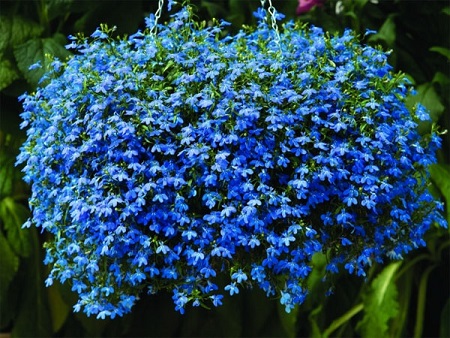

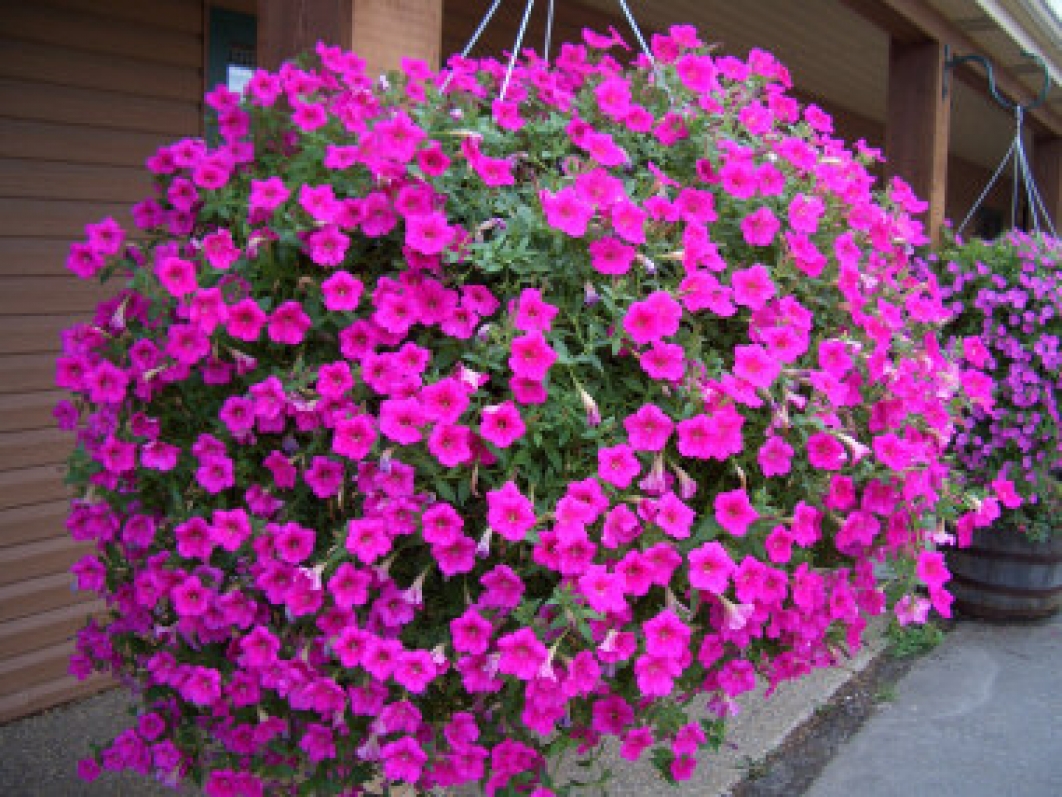
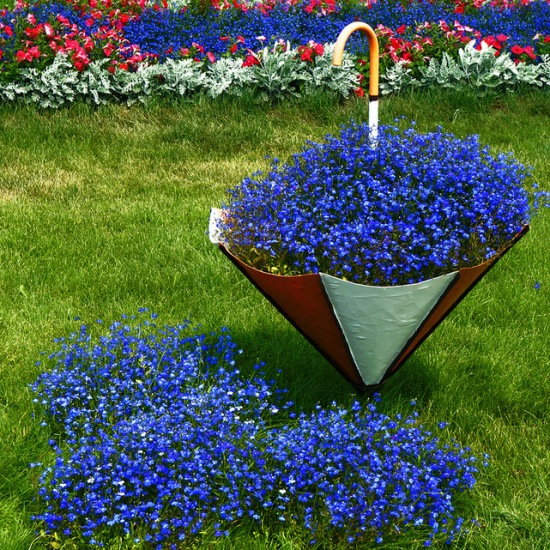 When to plant lobelia for seedlings in 2017 according to the lunar calendar
When to plant lobelia for seedlings in 2017 according to the lunar calendar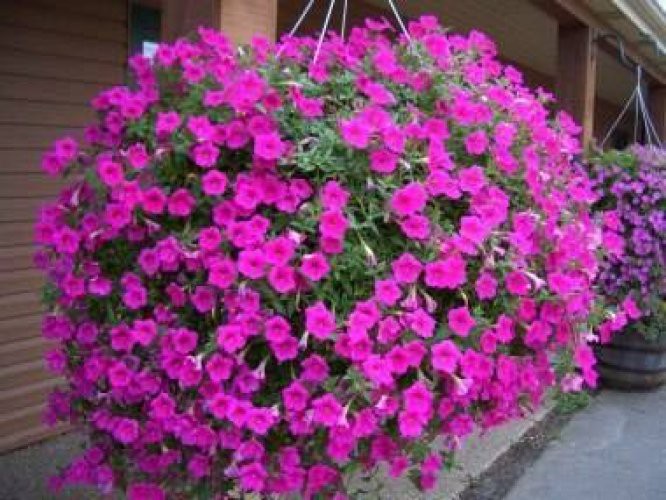 Lobelia: seed cultivation
Lobelia: seed cultivation